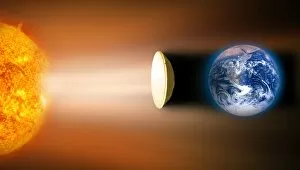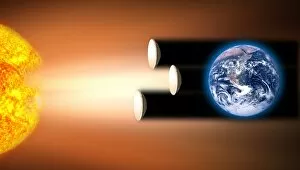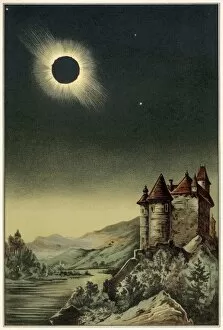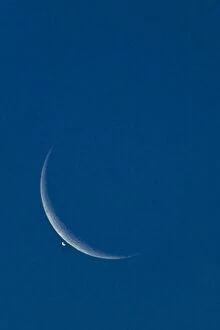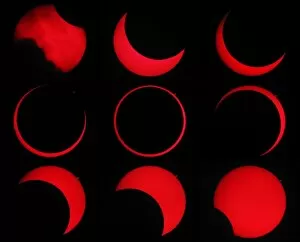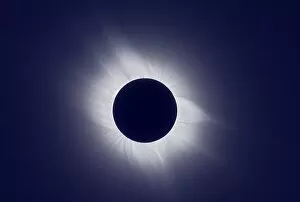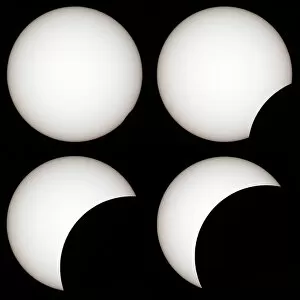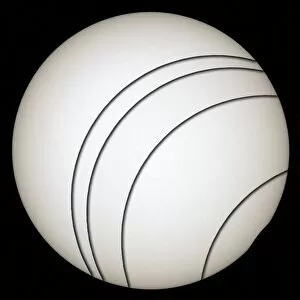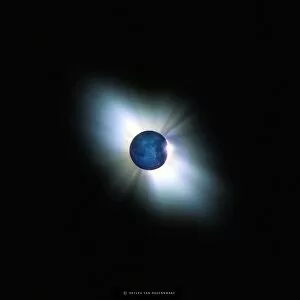Eclipsing Collection (page 2)
"Eclipsing: A Celestial Dance of Shadows and Light" In the vast expanse of our universe, eclipses have captivated humanity for centuries
All Professionally Made to Order for Quick Shipping
"Eclipsing: A Celestial Dance of Shadows and Light" In the vast expanse of our universe, eclipses have captivated humanity for centuries. One such momentous event occurred on May 29, 1919 when a solar eclipse unveiled the secrets of our cosmos. As the moon gracefully passed in front of the sun, astronomers observed a phenomenon that confirmed Einstein's theory of general relativity. But eclipses are not limited to Earth alone; even Jupiter with its majestic moons experiences this celestial spectacle. The gas giant's moons cast their shadows upon its colossal surface, creating an ethereal dance amidst the swirling storms. Throughout history, countless artists have been inspired by these cosmic occurrences. An annular solar eclipse depicted in artwork showcases nature's breathtaking beauty as sunlight peeks through like a golden ring adorning the darkened sky. Meanwhile, another masterpiece captures the awe-inspiring moment of a total solar eclipse from March 29th, 2006 - where day turned into night and stars briefly emerged from their hiding places. Traveling back further in time to 1860 brings us to yet another extraordinary total solar eclipse that left observers spellbound. People marveled at how darkness engulfed them while witnessing this rare astronomical event unfold before their very eyes. Not all eclipses are total; some offer glimpses into celestial wonders during partial phases. In January 2011, stargazers were treated to a mesmerizing sight as a partial solar eclipse painted streaks across the sky – reminding us once again of our place within this grand cosmic ballet. The allure doesn't end there; each new occurrence holds its own magic and mystery. From an enchanting solar eclipse on April 17th, 1912 to captivating artwork depicting an exoplanet delicately eclipsing its star – we continue to be humbled by these celestial phenomena that remind us just how small we truly are.

